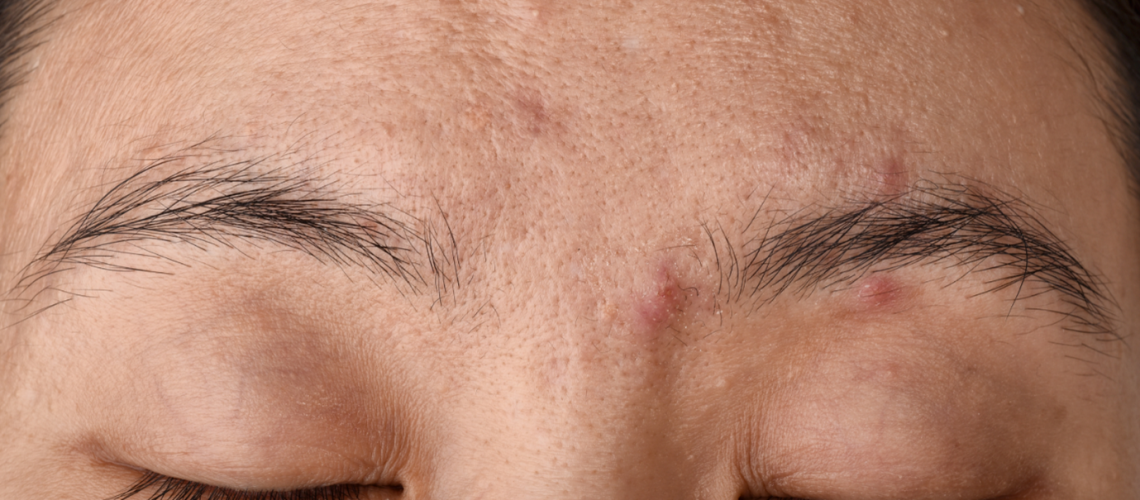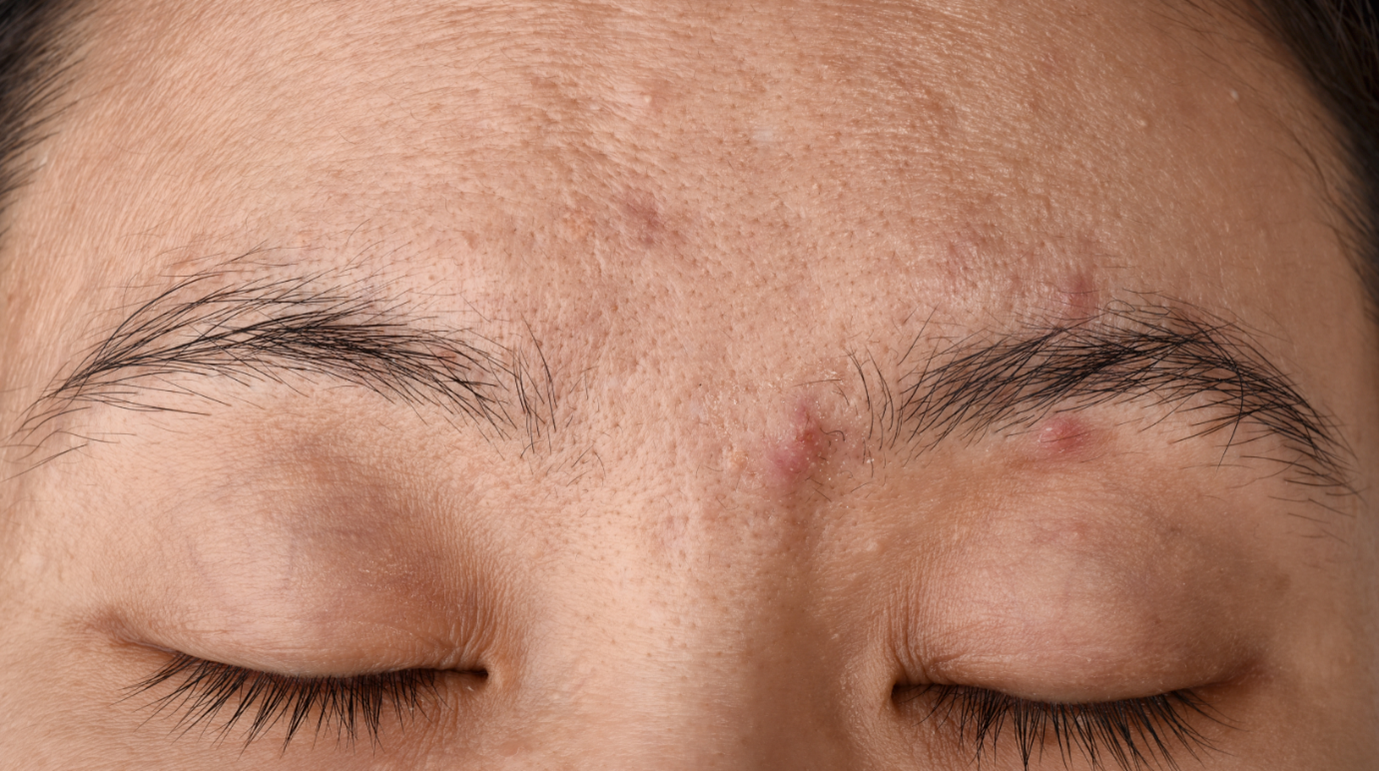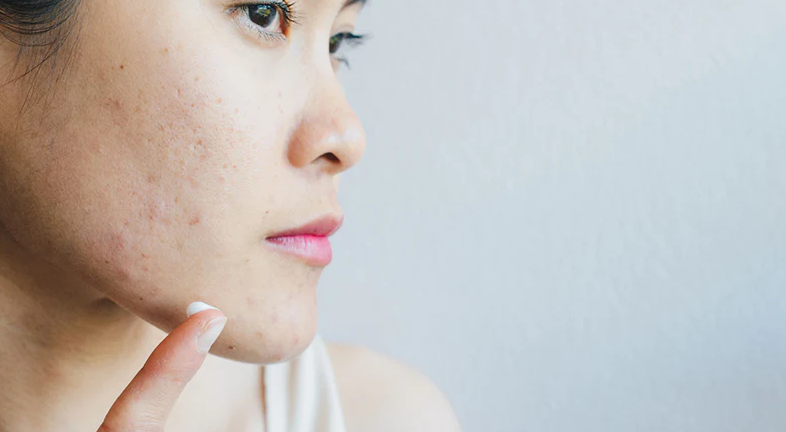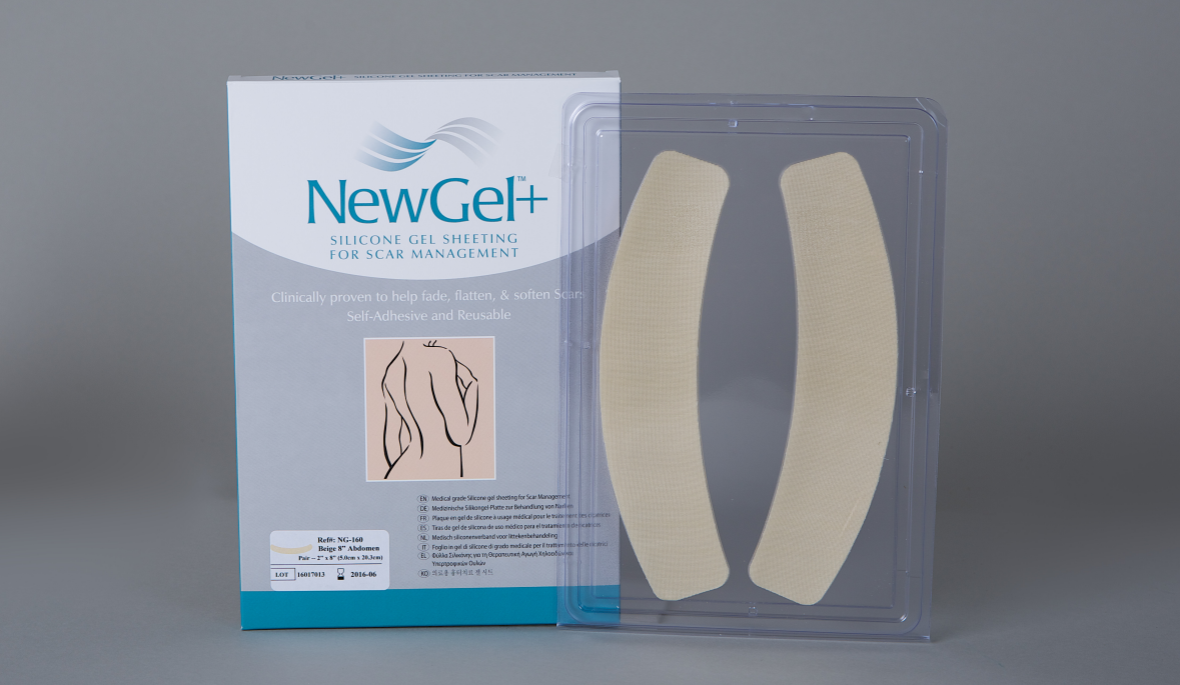Scars are stories, a person’s past written on their body. A scar helps us hold onto a memory. They bring us back to a specific time and place. These recollections, however, can bring about a wide range of emotions. Scars can make us cry, or smile, maybe even make us laugh. In this way, scars can be such a beautiful thing, reminding us that our pasts are what make us who we are.
Some of us though, don’t fancy the idea of having our life mistakes and tribulations marked visually on our bodies for the world to see. For people like this there is a solution.
While scars vary greatly in every aspect, depending on the individual, there is a breakthrough in removal that has been working for so many! NewGel+ is a leading brand in scar removal. Our products have been clinically proven to reduce the appearance of scars within 3-7 weeks of proper use and have over one hundred studies confirming product effectiveness and several positive testimonies can be seen on our website. Now, investing in the eradication of a scar can be pricy and intimidating, especially if you don’t understand what it is you are purchasing. NewGel+ sells two different products that work in nearly the same way and are quite simple to understand, even if you haven’t spent the past four years studying the art of dermatology. So let’s get you educated!
We can all reminisce on a time when we got hurt as a child and one of our parents rushed to lend their medical expertise. First, they usually washed the area and then soon after they usually applied a small amount of some ointment that probably made our young-selves cringe. They would finish by applying a wrap or bandage. If this was the case for you, your parents were absolutely right!
You see, our skin is composed of about 64% water and when we damage our skin it needs that H2O to properly heal. In essence, a warm, moist area is what triggers proper cell regeneration and new tissue growth. Even mild dehydration can suspend cell production and cause the wound to never properly heal. Therefore, your parents have been helping you prevent scars and skin damage from a very young age with the use of ointments and wraps, AKA hydration.
Now for a crash course on your body’s largest organ. Our skin is made up of two main, very important layers. The epidermis is the top most layer, and the dermis is the lower layer. Scars tend to form when the dermis (which is the deepest, thickest layer of skin) is damaged or penetrated. Within the epidermis we can find epithelial tissue. This sheet of cells covers the entire surface of the body. They have a very important job concerning scars, in that they allow for a smooth flow of fluid. In this case, that fluid is water. Without proper moisture to a penetrated area of the skin, the epithelial cells will be unable to travel across the wound to properly heal the area. This dehydration severely interrupts the creation of new tissues and leaves the wound open, creating a scar.
Options for scar removal. Silicone gels are a relatively recent discovery in the science of scar removal. NewGel+ offers just that. One of the biggest benefits of silicone application is that it drastically increases hydration and helps to create a softer, flatter scar. Not only does silicone help to hydrate your wounded skin, it helps to protect against bacteria entering the area. You can think of it as a glue shielding the open area from possible infection. On top of the above two major ways you and your scar can benefit from silicone gels, they also reduce itching and discomfort that occurs during scar development.
NewGel+ has two products that have been tested and are effective ways to reduce and remove the appearance of a scar. Silicone gel sheeting is specifically formulated and is a 100% medical grade creation that is proven to reduce, flatten and smooth scars – both new and old. The sheets are self-adhesive, and come in clear and beige. The clear sheeting is more flexible and the beige is more durable. The sheets are equally effective and which you select is completely optional and dependent upon your personal needs. These silicone sheets are worn over the scar. They are comfortable and will not hinder your day to day activity.
The second option from NewGel+ is the NewGel+E Advanced Silicone Gel, available in a tube. This is a spreadable silicone gel with added vitamin E. While the above silicone sheets are considered to be the “first choice for scar management,” according to NewGel, “the NewGel+E silicone gel has been developed for use when sheeting would be inconvenient.” The spreadable gel is applied topically to the scarred area. This gel dries fast and creates a flexible coverage on your scar that can be used when a silicone sheet would be inconvenient for you. It is recommended by the experts at NewGel to use both products so that you have 24 hour-a-day-coverage on your scarred area. When you are not using the sheets, you should be using the topical gel and vice versa. Never use the two at the same time, because the gel makes it difficult for the silicone sheeting to adhere to the skin.
NewGel+ promises that proper use will yield results in as soon as 3-7 weeks and the best results are seen after 3 months.
So, take the next step in your scar’s removal, you’ll be happy you did.
Trust NewGel+ to soften, flatten, and fade your scar
1300 294 649//sales@ssau.au //Supplying medical products to the healthcare market.
Sources:





